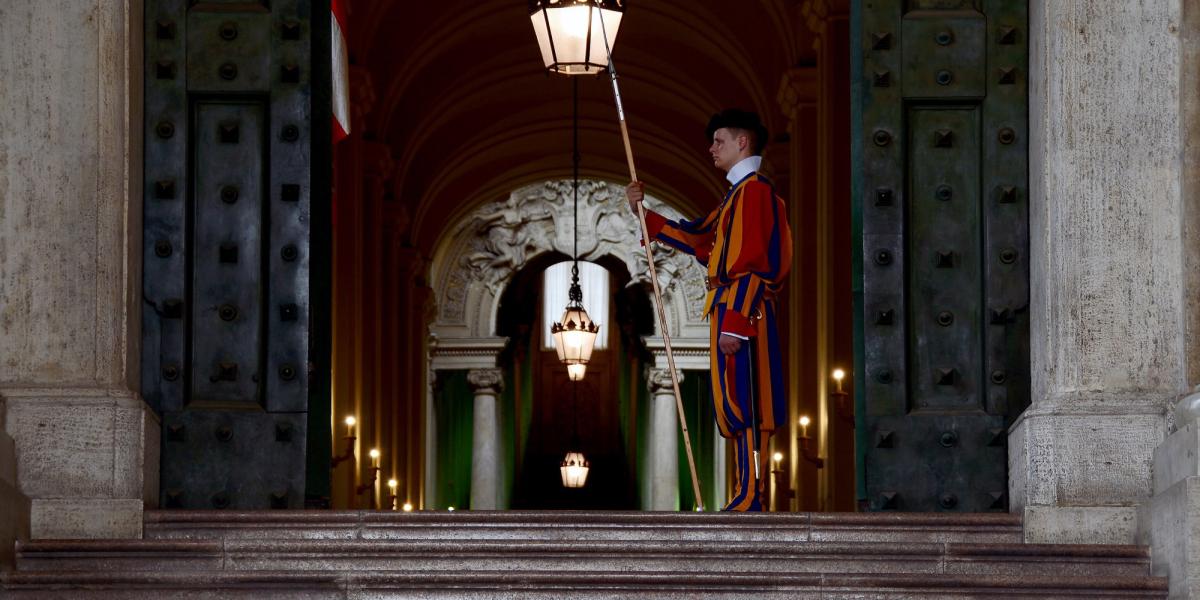Breadcrumb

The Vatican Bank was central to the global mission of the Catholic Church, helping move money where it was most needed to meet the Church’s objectives. The bank largely operated outside the global financial regulatory system. This arrangement had historically enabled the Church to operate where others could not, for instance to support the pro-democracy Solidarność (solidarity) movement in communist Poland.
In recent years, however, the bank’s culture of secrecy had gained notoriety for enabling financial irregularities. Rene Bruelhart, a Swiss lawyer who had previously helped reform Lichtenstein’s banking system, was appointed in 2012 as director of the Financial Information Authority (the Vatican’s financial regulator) to address the concerns and scandals at the Vatican Bank. As a relative outsider to the tradition-bound Vatican, Bruelhart considered his options. How broadly or narrowly should he define his objectives? How should he pace his reform in a setting that was resistant to external interference? How could he build a constructive dialogue with both internal and external stakeholders?
- Equip participants to design and drive change in tradition-bound organisations;
- Identify and define problems to help set priorities.
